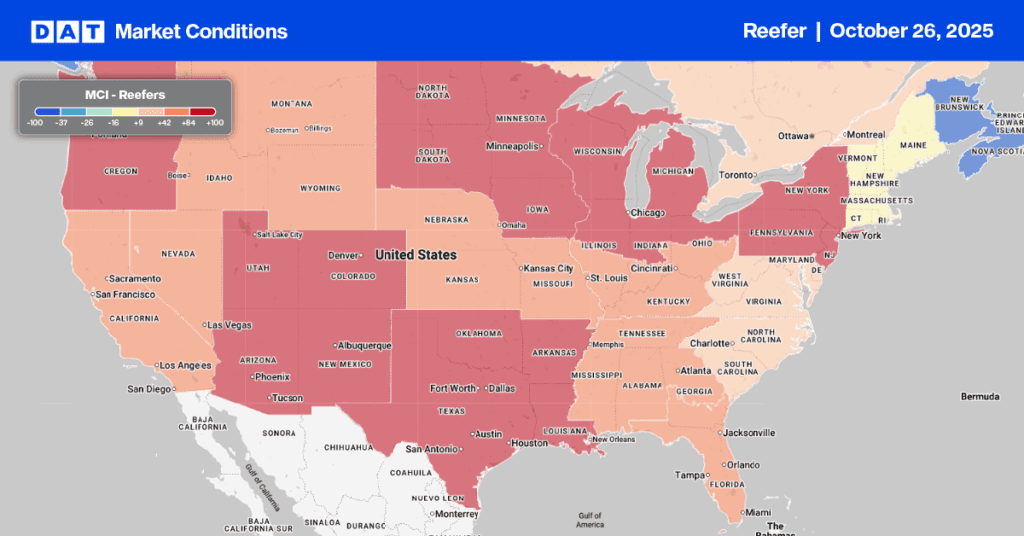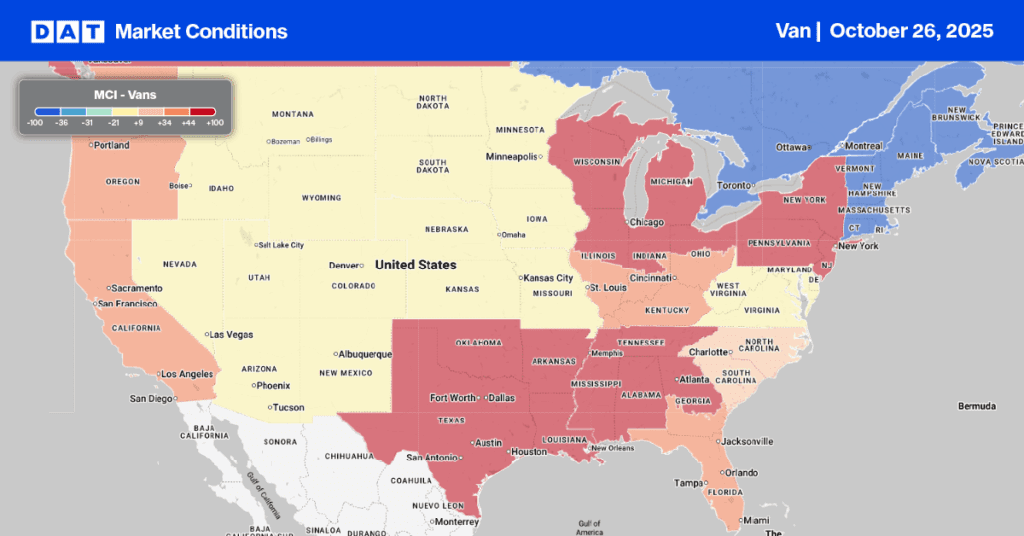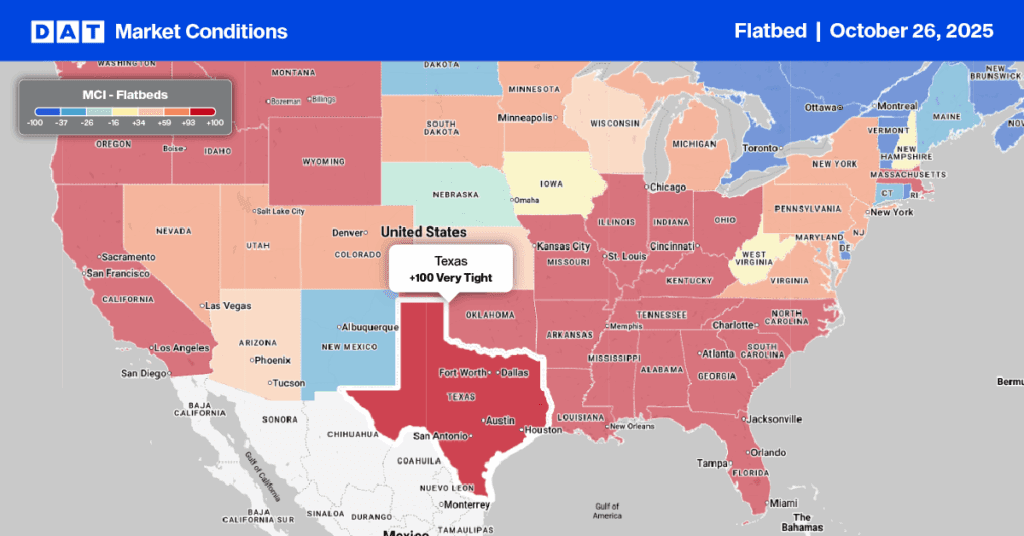We get asked this question the most in our DAT iQ Weekly Update: Is now a good time to buy a truck?
Based on recent industry cycles, the answer is probably “no.”
“Orders follow price” is a common theme in trucking. When rates surged in early 2018 during what was then the tightest period of truckload capacity in a decade, asset-based carriers placed record numbers of orders for new trucks and trailers in the latter half of the year. When capacity loosened in 2019, we saw record numbers of trucking bankruptcies.
These recent boom-and-bust freight cycles are important to analyze before investing in new equipment.
Get the clearest, most accurate view of the truckload marketplace with data from DAT iQ.

Tune into DAT iQ Live on YouTube or LinkedIn, 10am ET every Tuesday.
What went up came down
Total Class 8 truck orders for 2018 broke a 14-year record, according to ACT Research. Orders totaled 490,100 units, far outstripping the previous record of 390,000 units set in 2004. By the time all of those new trucks and trailers hit the road in 2019, demand declined, resulting in extra capacity that drove dry van spot rates down 26%. The national average went from a high of $2.05/mile (excluding fuel) in June 2018 to just $1.50/mile 10 months later.
Used truck prices crashed also. During 2019, the average retail selling price of 3 to 5-year-old sleeper tractors decreased 30%. The volume of the three most common sleeper tractors (3 to 7 years old) sold through the two largest no-reserve, nationwide auctions increased by 36%, according to J.D. Power Valuation Services.
Fast forward to late 2020, truckload rates once again hit record levels, and carriers repeated the 2018 buying spree. Truck orders totaled 142,093 in Q4, the second-highest total in history. This accounted for 51% of the total orders placed in 2020, according to ACT Research.
Will history repeat?
At the moment, spot rates are $0.71/mile higher than in 2020 and $0.53/mile higher than 2018. Capacity is the tightest it’s ever been, according to the Michigan State For-Hire Truckload Capacity Tightness Index. The driver shortage appears real this time around, and spot market volumes are almost double where they were this time last year. Now is as a good a time to buy a truck as any, right?
There are many caveats. While spot volumes surge, total freight volumes in February were up only around 3% year over year. We still have a bifurcated market where there are winners and losers in the ongoing economic recovery – not all shipper volumes are rising at the same pace. Jason Miller, supply chain economist and associate professor at Michigan State University, recently noted that in Q4 2020, dry van general freight was up 2.2% year over year, whereas specialized flatbed and bulk freight was down 4%.
Operating costs and cash flow
On the cost side of the equation, diesel prices are on the rise at $3.19/gallon, 46 cents higher than the same week in 2020. A small carrier running around 100,000 loaded miles and 10,000 empty miles per year would’ve been losing 3 cents per mile in March 2020, with line haul rates averaging $1.59/mile and diesel costing $2.73/gallon.
This year, with line haul rates at record levels around $2.40/mile, that same carrier would be making 65 cents per mile in gross profit before taxes and depreciation. These higher spot rates are generating just over $80,000 in additional top-line revenue for carriers compared to the same time in 2020, which largely explains why the recent hike in fuel prices is not causing as much alarm as it normally does.
The truck orders placed in late 2020 will eventually add significant amounts of capacity to the marketplace, taking pressure off of truckload rates. When that occurs, the higher fuel costs will be much more painful for carriers.
Now is a good time to put some cash aside for that inevitable rainy day. It’s also a great time to fully understand your operating costs and how to manage cash flow.


